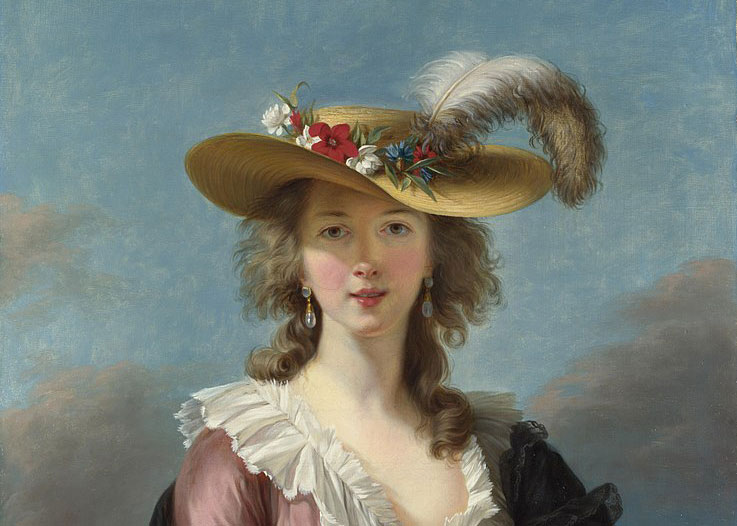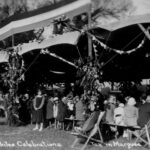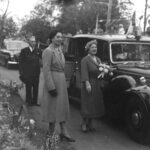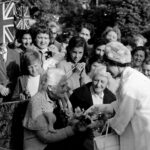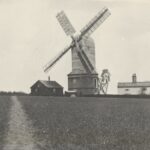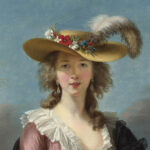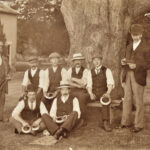During the Regency period (1795-1837 approx.) the essential accessory for men and women was the straw hat or bonnet and many straw platters and milliners kept the nobility, gentry and ladies fashionably dressed in a variety of styles.
Each style had a name, often after the place where the style was manufactured or where straw originated, such as Dunstable, Tuscan, Rutland, Canton and Berlin.
They could be large brimmed, close fitting, in the style of a bonnet or turban, decorated with ribbons, lace, flowers or feathers but always made of plaited straw.
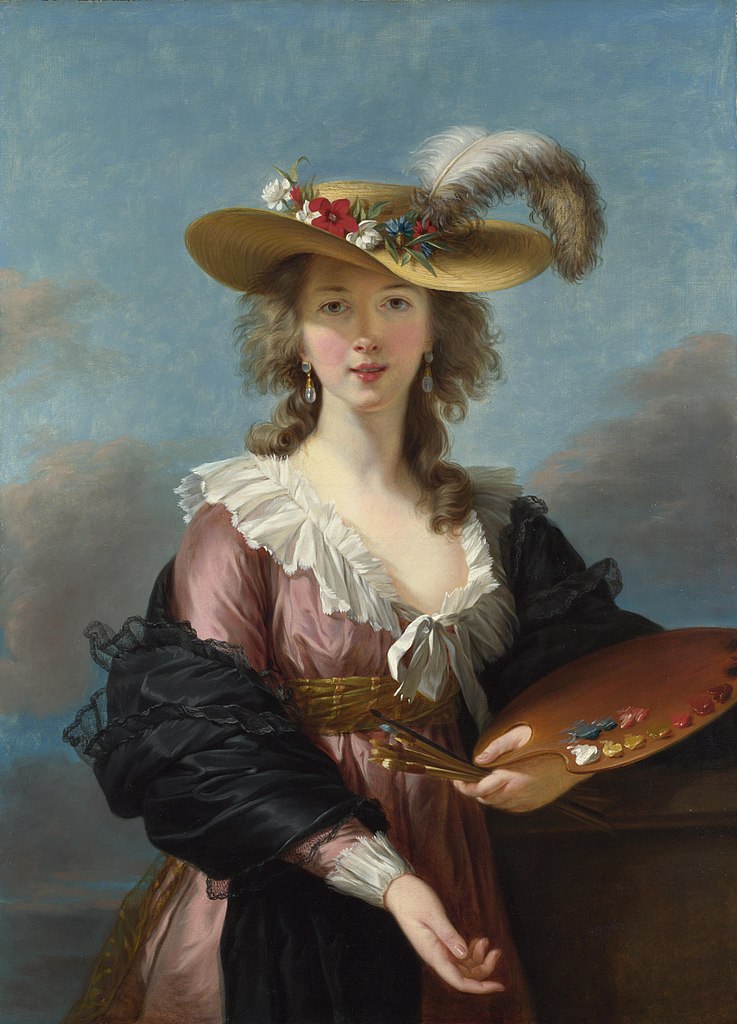
Self portrait in Straw Hat by Elisabeth Louise Vigee-Le Brun 1782 at National Gallery
Courtesy Wikimedia Commons
On June 1841 census for Benhall Green, Lydia Reynolds (married to the miller, David Reynolds and mother of 2 small children) aged 40 was a Straw Hat Maker. Hat making was a respectable and skilled occupation that brought in a good income when jobs for women were typically limited to domestic work. Lydia probably worked from home which would have been at Benhall Mill.
At the same time in Saxmundham there were several Straw Hat Makers: Sophia Rogers aged 20, Ann Garrod aged 23, Harriet Davey aged 19 and by 1844 there were 4 x Straw Hat Makers as well as 4 x Milliners in Saxmundham.
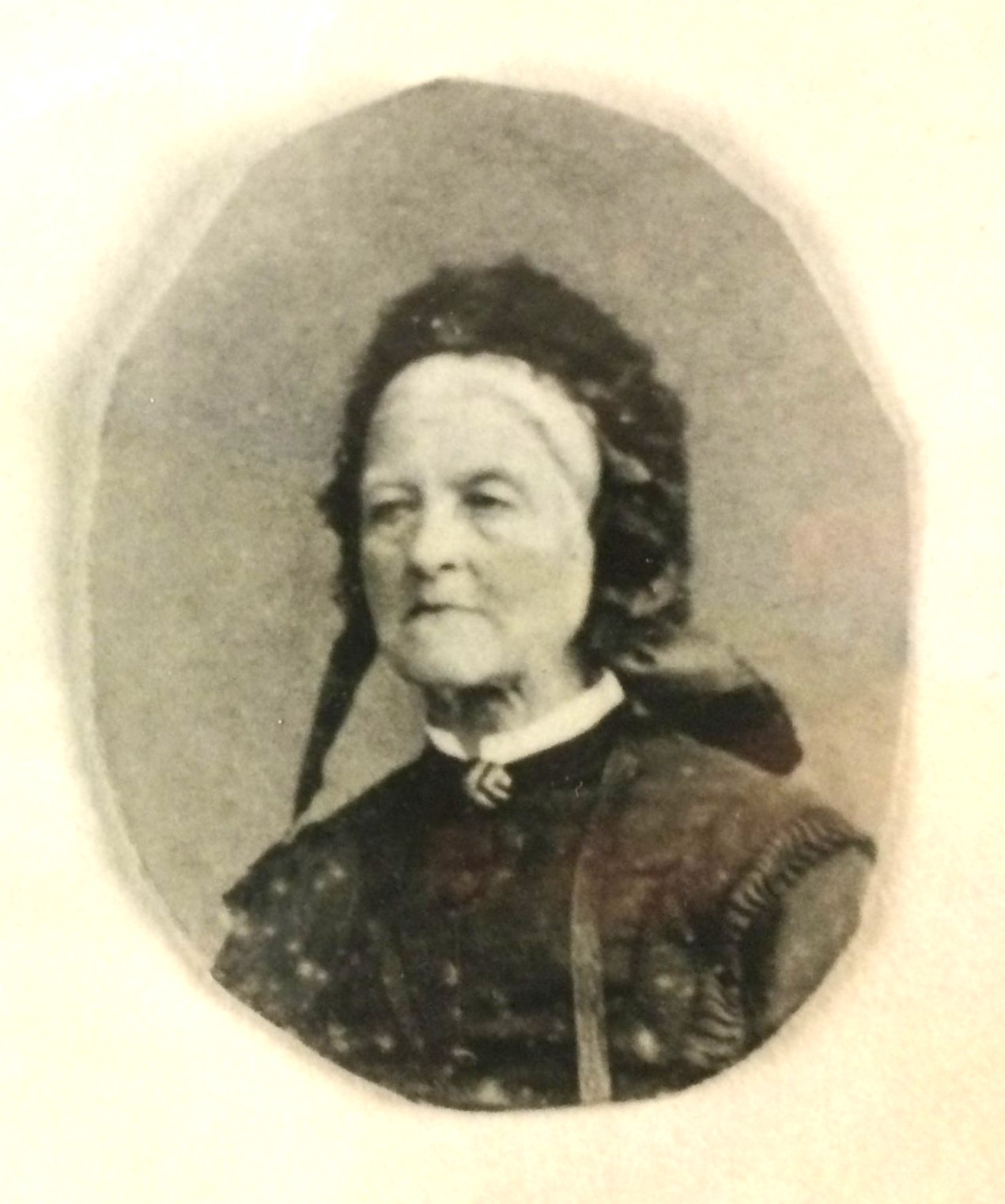
Lydia Reynolds C 1860s
In order to make a straw hat straw plaits are required. Straw plaiting is the process of braiding several strips of softened wheat straw, softened with water or saliva by passing through the plaiter’s mouth, into long lengths. This process was usually undertaken by a separate person to the hat maker.
The Napoleonic wars in the early 19th Century had put a stop to the import of many products to England and this included straw products. Soil conditions in the Eastern Counties were right for growing a quality of wheat that produced excellent straw for plaiting so within a very short time a thriving straw products cottage industry was established for providing hats, baskets and footwear. There were about 30,000 straw plaiters in England in 1871.
The Straw Hat maker then hand sewed the straw plaits together and made them into hats, bonnets etc. according to the prevailing fashions. When hand sewing there were two methods of sewing plaits: by Overlapping and stitching the length of plait into the rough shape of the hat being made or by Remaille, stitching the plait together edge to edge.
Straw hats don’t seem to have gone out of fashion, they are still very popular today.

